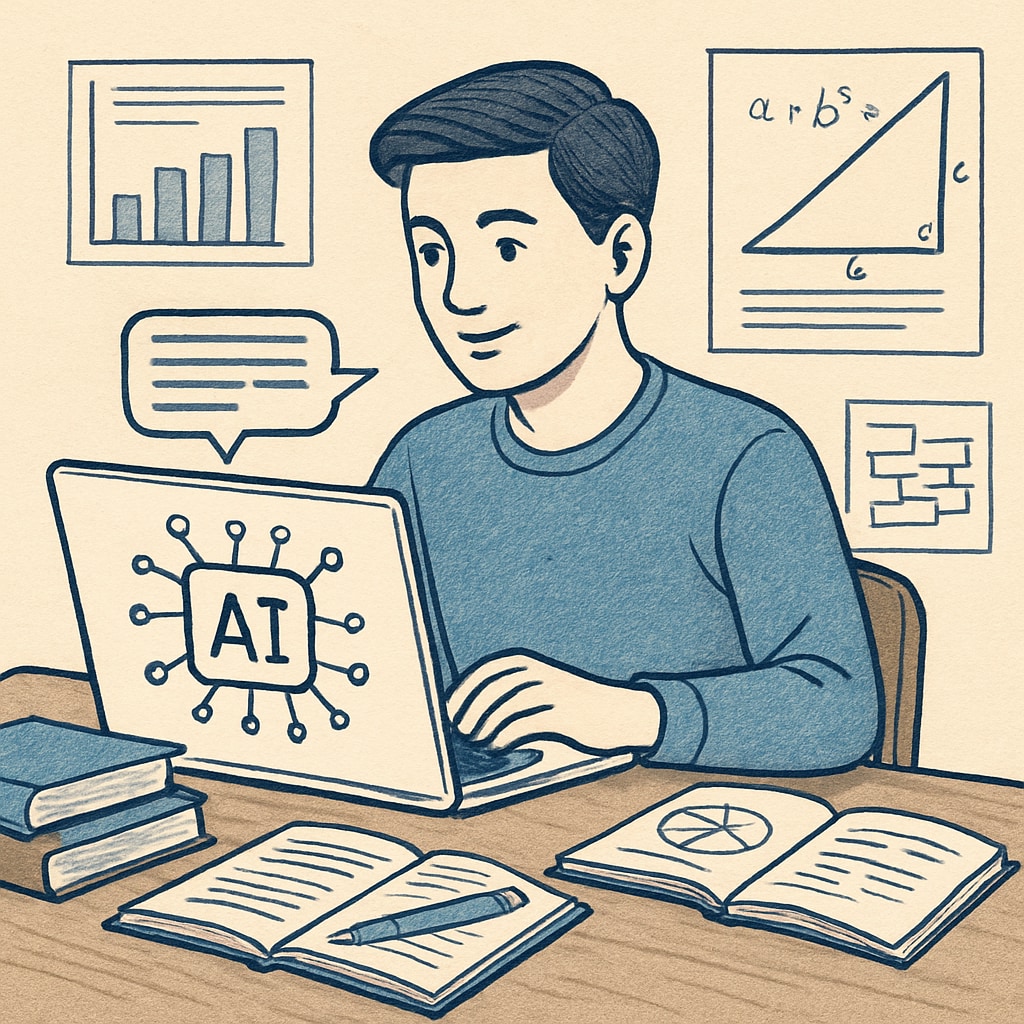In the age of artificial intelligence (AI), competitive exams are facing increasing scrutiny for their ability to effectively identify and nurture talent. The traditional systems of talent selection, often reliant on standardized testing, seem inadequate in an era where AI can solve complex problems within seconds. This shift calls for a comprehensive reform of evaluation methods to uncover true potential and foster diverse skills.
Limitations of Traditional Competitive Exams in the AI Era
Competitive exams have long been the cornerstone of academic and professional advancement. However, the integration of AI into everyday life has exposed the limitations of these traditional methods. Here are some key drawbacks:
- Focus on Memorization: Many exams emphasize rote learning over critical thinking and creativity, skills that AI cannot replicate.
- One-Size-Fits-All: Standardized tests fail to account for individual strengths, such as emotional intelligence or artistic ability.
- AI-Assisted Cheating: Students now have access to AI tools that can generate answers, raising concerns about the authenticity of test results.

As AI continues to evolve, it is becoming evident that traditional competitive exams are no longer sufficient to evaluate the diverse range of human talents. This necessitates a shift toward more adaptive and holistic evaluation systems.
Redefining Talent Selection for the AI Era
A reimagined talent selection framework should focus on nurturing the unique capabilities that distinguish humans from machines. To achieve this, education systems can consider the following approaches:
- Project-Based Assessments: Encourage students to solve real-world problems through collaborative projects, showcasing their creativity and teamwork.
- Portfolio Evaluations: Allow students to demonstrate their skills and achievements through a curated collection of work, rather than a single test.
- AI-Assisted Personalization: Utilize AI to design customized evaluations that align with each student’s strengths and interests.

These changes can help in fostering a more inclusive and dynamic education system. By focusing on holistic development, we can better prepare students for an AI-driven future.
The Role of Governments and Educational Institutions
For meaningful reform, collaboration between governments, educational institutions, and technology providers is crucial. Policymakers should prioritize:
- Investing in Teacher Training: Educators need to be equipped with the tools and knowledge to implement innovative assessment methods.
- Updating Curricula: Courses should integrate AI literacy and focus on skills like critical thinking, adaptability, and emotional intelligence.
- Ensuring Accessibility: New evaluation systems must be designed to be inclusive, ensuring equal opportunities for all students.
By working together, these stakeholders can create a system that not only identifies talent but also nurtures it in a way that aligns with the demands of the AI era.
Conclusion: A Call for Change
The rise of artificial intelligence presents a unique opportunity to rethink competitive exams and talent evaluation. By moving beyond traditional methods and embracing a more diverse and holistic approach, we can unlock the true potential of students and better prepare them for the challenges of the future. It is time for education systems to evolve and align with the dynamic needs of the AI era.
For further reading, explore the concept of educational assessment on Wikipedia or learn about the impact of AI in education through AI insights on Britannica.
Readability guidance: Short paragraphs, transitional phrases, and lists are used to enhance readability. Complex ideas are simplified, with a focus on inclusivity and accessibility.


